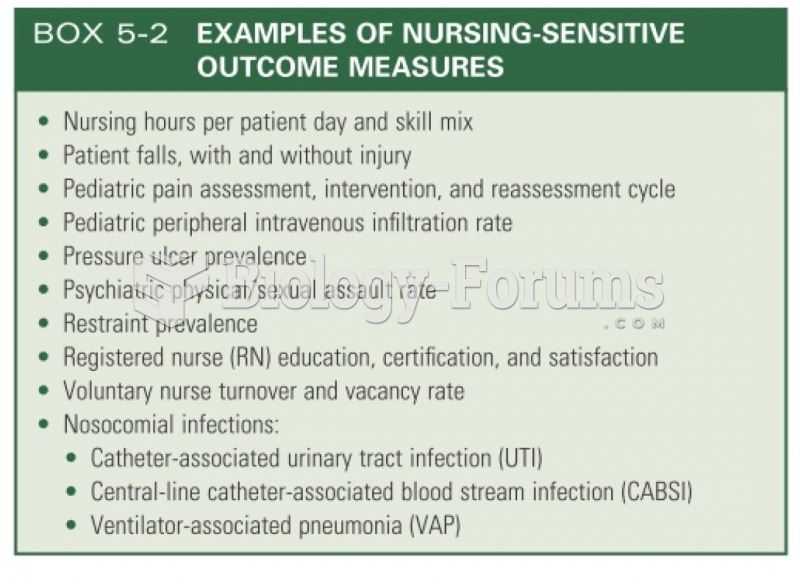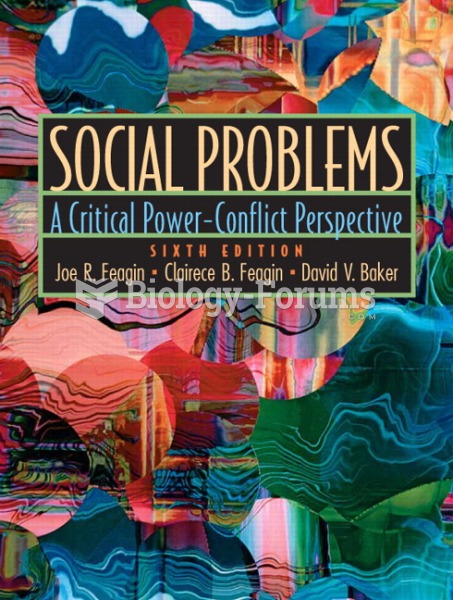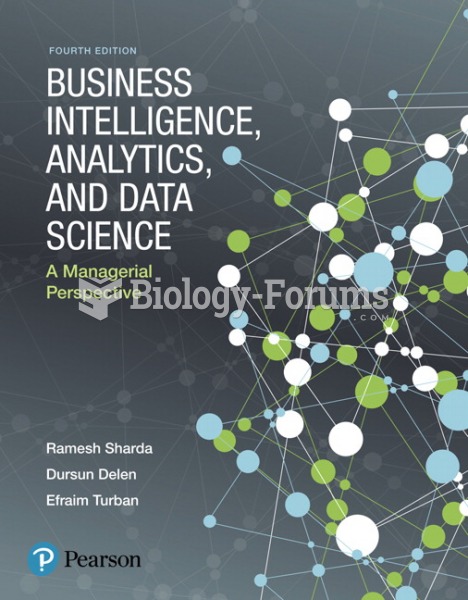Answer to Question 1
ANS: A, B, C
Donaldson and Crowley characterize the discipline of nursing as having a unique perspective, a distinct way of viewing all phenomena, which ultimately defines and limits the nature of its inquiry, related to Principles and laws that govern the life processes, well-being, and optimum functioning of human beings, sick or well; patterning of human behavior in interaction with the environment in critical life situations; and processes by which positive changes in health status are affected.
Answer to Question 2
ANS: C
Individual nursing theories represent different interpretations of the phenomenon of nursing, but central constructsperson, environment, health, and nursingare found in all theories and models. They are referred to as nursing's metaparadigm. These constructs are the metalanguage of nursing, and together they act as basic building blocks for the discipline of professional nursing. Telehealth is fast becoming an integral part of the health care system, used both as a live interactive mechanism (particularly in remote areas, where there is a scarcity of health care providers) and as a way to track clinical data. Two important outcomes are reduced health costs and increased access to care. During the last century, the bulk of professional care was delivered in acute care settings, based on the disease-focused medical model. Switching to today's community focus recognizes the fact that chronic medical conditions account for most of today's care, with most being treated in the community. The IOM report Health professions education: A bridge to quality (2003) calls for the restructuring of clinical education responsive to the 21st century health system transformation goals of providing the highest quality and safest medical care possible. This report identified five core areas of competency required to cross the bridge to quality.







